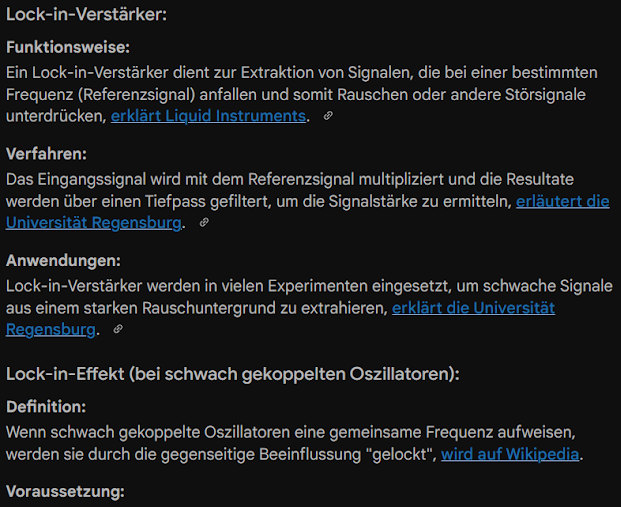"When critics of Tesla's wireless system argue that the Earth is a terrible conductor, they’re usually thinking of resistance the way we experience it in copper wires: the longer the wire, the greater the resistance. And if that wire is replaced with rock, dirt, and saltwater, the assumption is that energy losses must be astronomical.
First, I must make this clear. Tesla is extremely explicit that his system is not utilizing electromagnetic (EM) waves. In his 1916 legal testimony he said, "in my system, you should free yourself of the idea that there is radiation, that energy is radiated. It is not radiated; it is conserved." So when interpreting Tesla's theory, this must be taken into account.
Now Tesla saw the Earth differently. To him, it wasn’t a flawed wire—it was an enormous, symmetrical body whose sheer size transformed how resistance actually worked.
Tesla explained his view: https://www.lab-tesla.org/pdf/01119732.pdf
"Consider, for instance, the term 'resistance.' When you think of resistance you imagine, naturally, that you have a long, thin conductor; but remember that while resistance is directly proportionate to length, it is inversely proportionate to the section. It is a quality that depends on a ratio. If you take a small sphere of the same size of a pea, and compare its length with its section, you would find a certain resistance. Now you extend this pea to the size of the earth, and what is going to happen? While the length increases, say a thousand times or a million times, the section increases with the square of the linear dimensions, so that the bigger this thing is the less resistance it has. Indeed, if the Earth were as big as the Sun we would still be better off."
Tesla’s point wasn’t that resistance disappeared entirely, but that it became negligible relative to the energy available. As he explained, resistance scales with the ratio of length to cross-sectional area. Since the Earth’s radius increases linearly but its cross-sectional area increases quadratically, the effective resistance drops dramatically as you scale up. This is what Tesla meant in his "pea to planet" analogy: scale doesn’t just add distance—it multiplies area.
Let’s break this down. Tesla used a simplified cylindrical model where the resistance of any conductor is given by R = ρ × (L / A), where R is resistance, ρ is resistivity, L is length, and A is cross-sectional area. Now, if you scale something up—say, turning a pea into a planet—L increases by a factor of k, but A increases by k². So the new resistance becomes R' = R / k. In other words, resistance drops as size goes up. If Earth is a million times bigger than a pea (k = 1,000,000), its resistance is a million times smaller. Tesla used this insight to argue that the Earth—despite being made of soil, rock, and water—actually acts like an excellent conductor at planetary scale.
Just for fun, let's challenge this using today's understanding of Earth’s resistivity (ρ) compared the frequency Tesla used.
Modern measurements show that Earth’s resistivity varies widely—ranging from 0.2 ohm·m in seawater to over 1,000 ohm·m in dry rock. For a ballpark average, we can use ρ ≈ 100 ohm·m, representing mixed terrain or moist soil. We know Tesla’s system operated at low frequencies because, during his 1898 demonstration to U.S. Patent Office Examiner Seeley, he used a spark-gap oscillator producing 200,000–250,000 Hz. But later, Tesla recommended much lower frequencies—around 30 kHz—to suppress radiation and drive current deep into the Earth.
In his 1916 testimony, Tesla stated that at the frequencies he employed, the current would “dive a few miles below” the surface. While he rejected the idea of electromagnetic radiation, Tesla explained that at sufficiently low frequencies, the electrical current would not merely travel along the surface—it would penetrate deeply into the Earth’s conductive body. This deeper current flow increased the effective cross-sectional area, which reduced resistance and made global transmission feasible at scale. Using a midpoint depth of about 5.2 kilometers, the effective cross-sectional area becomes roughly 85 million square meters. With a transmission path of approximately 9,656 kilometers (6,000 miles) and ρ = 100 ohm·meters, that gives us an Earth resistance of around 11 ohms.
When you’re working with millions of volts like Tesla, and tuning for resonance, 11 ohms is insignificant. (Tesla’s patent 1,119,732 specifically addresses how to handle high voltage without discharge loss.)
Tesla's own analogy compared the Earth to an elastic bag filled with fluid. When you pump energy into it rhythmically—without opening any outlet—the energy remains stored as pressure. In his system, that pressure was electrical: high potential differences stored across the globe. It's a state of vibratory momentum, but it’s more accurate to think of it as oscillating electric potential. The system stayed energized without current flow—until a properly tuned receiver “opened a valve” and allowed energy to flow directly to it. That’s why in Tesla’s system, efficiency wasn’t defined by continuous I²R losses, but by how well the system held and released energy in sync with a tuned receiver.
Tesla also knew resistance wasn’t the only factor. In an AC system, impedance is Z = √(R² + (Xₗ – X꜀)²). But Tesla designed his circuits so that inductive and capacitive reactance canceled, leaving only resistance. Resonance didn’t eliminate R—but it let him build up high voltages efficiently and move energy with minimal loss. His four-tuned circuit system amplified voltage while minimizing total impedance. That’s why he theorized he could push usable energy across the globe and collect it without massive losses.
“The resistance is only at the point where you get into the earth with your current. The rest is nothing.”
Tesla wasn’t being poetic—he meant it. Because of the Earth’s enormous cross-sectional area, the majority of the resistance occurred right where the current enters the ground. After that, the effective resistance is spread thin. So when Tesla said “the rest is nothing,” he was pointing out that the globe behaves more like a vast copper main than a resistive wire. That’s why his system acted more like a pressurized main line. If no one opened a valve (the receiver), the energy didn’t flow. That’s why efficiency wasn’t defined by continuous I²R losses, but by how well the system held and recovered energy in sync.
Whether or not you believe his system was practical, one thing is clear: Tesla saw the Earth not as an obstacle, but as an opportunity."
























.jpg)


.jpg)












